What is Hair Transplant or Hair Implantation Surgery?

Hair loss is a widespread concern that can significantly affect self-confidence and even lead to feelings of depression and social anxiety. Both men and women experience hair loss due to various factors, prompting many to consider hair transplants as a solution to regain their lost confidence.
Hair transplantation is a procedure that involves removing hair follicles from the sides and back of the scalp (donor site) and carefully placing them into areas with thinning or no hair (recipient site). The scalp is the most common area for hair transplants, offering men and women with receding hairlines the opportunity to achieve a fuller appearance. Additionally, beard, eyebrow, and eyelash transplants can also fill in facial scars caused by accidents or surgery.
With advancements in hair transplant procedures, individuals can confidently address their hair loss concerns and restore their natural appearance, boosting their self-esteem and overall well-being.
Am I a Good Candidate for Hair Transplant in Iran?

Hair transplantation is an effective remedy for baldness, but it may not be suitable for everyone. Individuals who have experienced hair loss due to factors like nutritional deficiency, iron deficiency, chemotherapy, or certain medications are not considered ideal candidates for hair transplant in Iran. Furthermore, those with inadequate hair follicles in their donor area might not be suitable candidates either. Moreover, pregnant women are advised against undergoing this procedure and it is not recommended for those who are expecting.
On the contrary, hair transplant surgery is generally recommended for individuals with hereditary and genetic hair loss. Ideal candidates for this procedure should have dense and healthy hair at the back and sides of their head, which can serve as donor areas for grafts and flaps.
Moreover, when it comes to significant changes, techniques such as flaps, tissue expansion, and scalp reduction are often suggested. However, individuals with very little hair may not be ideal candidates for these procedures.
Additionally, Men in their 20s might not be the most suitable candidates for hair transplants as their hair loss pattern may not have fully developed yet. Performing a hair transplant before their hair loss is fully established could result in a patch of transplanted hair at the front of the head, while the hairline on the crown and surrounding hair continues to recede over time.
Also, many women with pattern baldness are considered appropriate candidates for hair transplants. Approximately 20% of the patients who are suitable candidates for this procedure are women.
Furthermore, individuals with skin diseases or alopecia should refrain from undergoing hair transplantation. For men specifically affected by alopecia, hair transplantation may not be a viable option dur to the lack of a suitable hair bank. Attempting hair transplantation in such cases may lead to unsatisfactory results and be a waste of time and financial resources. Therefore, it is crucial for these individuals to consider alternative solutions and avoid pursuing hair transplantation to avoid disappointment and unnecessary expenses.
In general, hair transplantation is a viable option for addressing issues such as male pattern baldness in men, thinning hair in women, and hair loss caused by burns or wounds. But as mentioned, it may not be effective for treating widespread hair loss patterns, sparse hair on the sides or bottom of the head, colloidal ulcers resulting from accidents or surgery, baldness due to chemotherapy, or significant hair loss caused by various medications.
Why is Iran an Ideal Destination for Hair Transplant?

With the growing interest in cosmetic procedures worldwide, countries are striving to offer top-notch services and state-of-the-art facilities. However, when it comes to hair transplants, expertise is paramount. Finding a skilled plastic surgeon with extensive knowledge in this field is crucial for a successful procedure. By thoroughly researching specialists, examining their experiences, and reviewing before-after galleries, you can confidently find the perfect surgeon to address your unique needs.
Over the past decade, Iran has emerged as a popular destination for hair transplant surgeries, attracting patients from neighboring countries. Iran's reputation as a leader in plastic surgeries, including hair transplants, is well-earned. Recent studies reveal that three out of five men in Iran experience hair loss before the age of 50, making the demand for hair transplant surgeries surge.
One of the key advantages of choosing Iran is the accessibility to a society of highly qualified, board-certified specialists with years of experience. Iranian surgeons are renowned for their successful procedures, having graduated from prestigious universities and undergone specialized training in modern clinics. Many of them are also affiliated with American and European societies of plastic surgery, ensuring you are in expert hands throughout the process.
When it comes to results, hair transplants in Iran boast an impressive track record, Studies show that the success rate of hair transplant surgeries in Iran is remarkably high, with minimal complications and risks. Patient satisfaction is also significant, with approximately 60% of patients reporting perfect outcomes and 40% expressing satisfaction with their hairlines.
Another alluring factor is the cost of hair transplant in Iran, which is notably more affordable compared to other countries. This cost-effectiveness, combined with the expertise of Iranian surgeons and the high success rate, makes Iran an attractive destination for hair transplant candidates worldwide.
Don't let hair loss hold you back! Embrace the courage to unlock your beauty through a hair transplant in Iran, where safety, satisfaction, and skilled expertise link up for an exceptional transformation.
Preparing for Hair Transplant in Iran: Important Pre-Procedure Steps
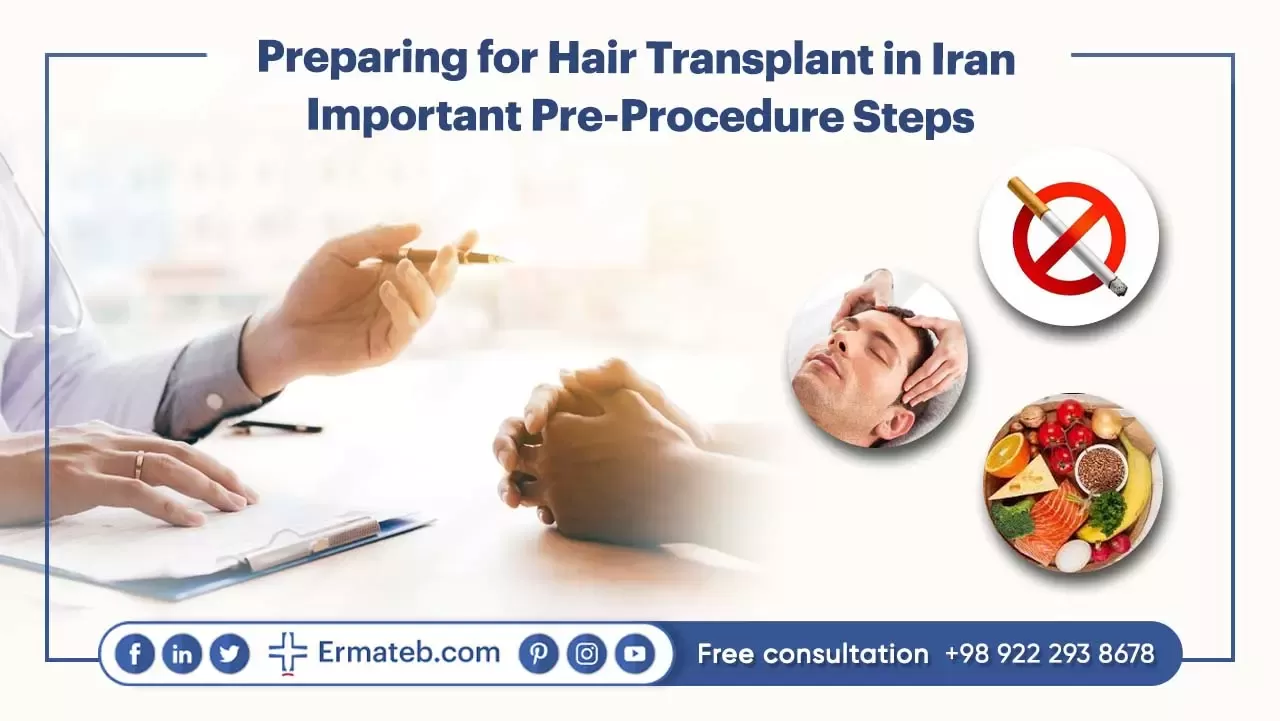
Before embarking on your hair transplant journey in Iran, there are essential instructions and precautions to follow, ensuring the best possible outcome and having a successful hair transplant surgery. These steps are:
•Pre-Surgery Precautions:
Avoid smoking 24 to 48 hours before the operation to support the wound-healing process and prevent bleeding complications. Similarly, abstain from alcohol for at least a week before the surgery. To increase the chances of success, refrain from blood-thinning medications like aspirin and anti-inflammatory drugs two weeks before and after the operation. Plus, discontinue vitamin E supplements three weeks before the operation and avoid using drugs like naproxen and ibuprofen on the day before the operation.
•Hair Preparation:
Do not cut or shave your hair for at least three weeks before the surgery, as ample hair follicles are needed for the transplant, and longer hair can cover stitches post-operation. However, wash your hair thoroughly on the morning of surgery or in the 24 hours leading up to the hair transplant procedure, and make sure to use conditioner to cleanse your hair.
•Scalp Massage:
To promote blood flow and enhance skin softness, massage your scalp for 15 to 30 days before the operation.
•Nourishment and Rest:
Before the operation day, ensure you eat a small but nutritious meal. Get sufficient rest and a good night's sleep to be well-prepared for the hair transplant procedure.
•Comprehensive Consultation and Preliminary Steps:
Before the procedure, it's crucial to take necessary tests and undergo medical evaluations. So, Share any drug allergies, medical history, current medications, or vitamin and herbal supplements with your board-certified plastic surgeon during the consultation.
In other words, if you have any pre-existing medical conditions, particularly diseases like diabetes, heart disease, or epilepsy, it is essential to discuss them with your doctor before proceeding with the hair transplant.
Also, engage with a skilled plastic surgeon who will assess your hormonal disorders (particularly relevant for women), previous surgeries, overall health, and thoroughly examine your scalp for assessing hereditary hair loss. Lab tests and photos will be taken for your medical record.
•Blood Test:
If you meet the necessary conditions for hair transplantation, a blood test will be conducted to check for coagulation factors or any potentially dangerous or contagious viral diseases. This test is essential and may need to be repeated if its results are more than one month old to ensure your safety during the operation.
•Selecting a Surgeon:
Choosing the right surgeon is vital for a successful hair transplant. Look for surgeons with extensive experience and a proven track record, and review before-and-after photos of their past procedures.
•Understanding the Process:
Your surgeon will discuss the available options, recommend a course of treatment, and outline potential outcomes of the surgery. The use of anesthesia will also be discussed, considering the complexity of the procedure.
Hair Transplant Methods in Iran: Appropriate Procedures

In the realm of hair transplantation, several methods are commonly practiced to restore hair growth effectively. Let's explore the various procedures available in Iran for hair transplant and their distinct characteristics.
1. FUE Method (Follicular Unit Extraction)
FUE, also known as Follicular Isolation Technique (FIT), is a widely popular hair transplant technique in Iran. This method involves grafting individual hair strands from the back of the head or temples into the bald areas. By mimicking the natural behavior of hair growth, FUE yields impressive results. Furthermore, this procedure leaves minimal scarring due to the shallow location of hair follicle extraction, ensuring a quicker recovery period.
2. FUT Method (Follicular Unit Transplantation)
In Iran, hair transplantation using the FUT method is also prevalent. During this procedure, a microblade is used to create specific patterns in the recipient area under local anesthesia. Hair follicles are then extracted from the thicker region at the back of the head and transplanted to the affected areas. FUT typically involves inserting two to four hair follicles per follicle through tiny incisions. While FUT may lead to a linear scar at the transplantation site, it allows for significant hair growth and can be performed in either one long session or multiple shorter ones.
3. BHT Method (Body Hair Transplant)
For cases where the hair density at the back of the scalp is insufficient, the BHT method comes into play. Body hair from areas like the chest, back, shoulders, trunk, and legs can be harvested for transplantation. However, it is important to note that BHT can only be performed using the FUE procedure, requiring careful evaluation of parameters like hair texture, growth rate, and anticipated results before proceeding with the surgery.
4. Neo Graft Hair Transplant
Neo Graft Hair Transplantation, introduced in 2011 for men with brown or black hair, employs a robotic device to restore damaged hair. This innovative method utilizes cameras and arm-like equipment to perform hair transplantation.
In Iran, you can explore these different hair transplantation techniques to find the most suitable approach that aligns with your specific needs and hair restoration goals. Consult with skilled professionals to make an informed decision and achieve the best possible results.
Choosing the Optimal Hair Transplant Technique
Determining the best hair transplant method is a subjective process, as what suits one individual may not be ideal for another. Making this decision is challenging, considering the various factors that come into play for each prospective patient. To achieve the most favorable outcome, patients most contact an honest assessment of their unique hair loss goals and seek guidance from experts before finalizing their choice.
In the quest to find the most suitable hair transplant option, patients should consider factors such as convenience and associated costs. A highly active individual with mild thinning hair may find a single session of FUE to be the most convenient choice, as it involves quicker recovery time, although the hair transplant session itself may be longer.
Alternatively, a patient with more extensive hair loss might lean towards FUT, as it allows for greater coverage in a single session, albeit with a slightly longer recovery time compared to FUE. By consulting with our professional specialists at Ermateb, patients can have an informed discussion about the best procedure for their specific needs, taking their personal circumstances into account, to ensure the optimal and most satisfactory result.
Hair Transplant Process in Iran: Stages and Precision

Hair transplant procedures in Iran involve several stages that vary depending on the chosen implantation method. Despite the differences, the general framework of hair transplantation remains consistent.
1. Initial Assessment and Preparation
The first stage involves comprehensive examinations, consultations, and evaluations by the doctor and technicians. Based on these assessments, the most suitable hair transplantation method is selected and recommended. Additionally, the intended area for hair transplantation is shaved, and local anesthesia is administered to prepare for the procedure.
2. Harvesting Hair Follicles
In this stage, a thin strip of hairy parts or multiple hair banks is carefully removed using a blade. The doctor or technician then stitches and bandages the donor area where the hair follicles are collected.
3. Preparing the Recipient Area
The hairless or bald areas where the hair will be transplanted are prepared by the doctor or relevant specialist. This preparation ensures that the extracted hair follicles can be implanted seamlessly into the desired areas.
4. Preparing Hair Transplant Follicles
A surgical team, consisting of 5 to 6 skilled individuals equipped with specialized devices, meticulously separates the extracted hair follicles under a microscope. The goal is to ensure that the transplanted hair strands contain live hair follicles, enhancing the success of the procedure.
5. Precise Hair Transplantation
The final stage involves the doctor or relevant technician planting the prepared hair follicles into the pre-designated areas as per the planned arrangement. This step is crucial for achieving a natural-looking result, and great care and delicacy are employed to achieve the best outcome.
Essential Post Hair Transplant Care Tips in Iran
After undergoing a hair transplant procedure, proper aftercare is crucial for a successful recovery and optimal results. Here are some necessary tips to follow in the days following the hair transplant:
1. Procedure Day (Aftercare):
- After the operation, remove the bandage and dressing on the night of the surgery.
- Follow your doctor's instructions and take the prescribed medications, including antibiotics and painkillers like aspirin, analgesics, and anti-inflammatory drugs, to minimize the risk of infection and swelling.
- While sleeping, avoid putting pressure on the grafted area by adjusting your position.
2. First to Third Day:
- Gently wash the donor site with lukewarm water and remover any clots in the morning after the operation.
- Spray the transplant site with solutions provided by your doctor every two hours.
3. Fourth and Fifth Day:
- Rinse your entire head gently with lukewarm water for 15 to 20 minutes, avoiding aby harsh movements.
- Dry your head with a gentle towel, being cautious not to pull or hub too vigorously.
4. Sixth Day:
- Soak your head for 15 to 20 minutes to rinse the graft site.
- Wash the graft site with baby shampoo using gentle finger movements to remove any existing scales.
- Continue this daily routine until all scales are gone, avoiding peeling to protect the transplanted hairs.
During the recovery phase, the scalp may be sensitive and inflamed, so it is essential to take anti-inflammatory pills, painkillers, and antibiotics as prescribed by your doctor. Bandages and dressing will be in place for two to three days, and then you can resume your regular activities after a week. Avoid heavy work for two weeks, and be mindful of bending too much while standing during this time.
Furthermore, it is essential to refrain from smoking before and after the hair transplantation procedure, and also, make sure to avoid exposure to any sources of contamination for at least two weeks.
Around three weeks after the surgery, the implanted hairs may start to fall out. Following the expert team’s recommendations and doctor’s guidance is crucial during this phase to ensure the hairs enter the regrowth stage. Most individuals experience hair growth after six to nine months.
So, keep in mind that diligent post-hair transplant care is vital for the success of the procedure.
What are the Potential Risks and Side Effects of Hair Transplant in Iran?
As with any surgical procedure, there are certain risks and side effects to be aware of when undergoing a hair transplant. These can vary from patient to patient, and while some may experience no complications, others might encounter certain issues. However, many of these complications can be minimized by choosing a reputable hair transplant facility and an experienced specialist.
Some of the possible complications of hair transplant surgery in Iran include:
-
Wounds and Scars:
Transverse scars may develop at the donor site, but these can be concealed with long hair to preserve appearance. It should be noted that hair will no longer grow in the donor area, although a ridging effect is rare.
-
Unintentional Hiccups:
Hiccups might occur after surgery due to local nerve terminal stimulation during the procedure. Steroid medications can be prescribed to prevent and manage hiccups, which usually last for a few hours to a few days.
-
Skin Irritation:
Hair transplantation involves creating tiny gaps in the scalp, leading to itching in the affected area. Patients should avoid scratching to prevent sores and use a specific shampoo for daily hair washing.
-
Bleeding:
Occasional bleeding is normal and can be controlled with gentle pressure. In rare cases, persistent bleeding may occur, but additional stitching is seldom required.
-
Inflammation and Swelling:
Inflammation or swelling is a common side effect following hair transplantation, caused by fluid buildup under the skin. However, it can be managed by draining the interstitial fluid, and it usually subsides without long-term consequences.
-
Numbness and Temporary Loss of Sensation:
Temporary anesthesia is common following a hair transplant, lasting for several weeks. This side effect eventually fades as the body adjusts.
-
Numbness and Temporary Loss of Sensation:
Temporary anesthesia is common following a hair transplant, lasting for several weeks. This side effect eventually fades as the body adjusts.
-
Abnormal Cysts:
Abnormal cysts may appear as purple spots in the recipient area when numerous grafts are inserted. However, these typically resolve within one to two weeks after surgery.
Advantages and Disadvantages of hair transplant in Iran
Like any medical procedure, undergoing a hair transplant presents both advantages and disadvantages. It is crucial for individuals to carefully consider the risks and benefits associated with hair transplants and seek expert advice before proceeding with any treatment. The following outlines the pros and cons of hair transplant procedures:

Advantages:
Pain-Free and Scarless:
Hair transplantation offers a natural solution as it utilized your own hair, resulting in a consistent texture that enhanced your overall appearance.
Natural Hair Growth:
Hair transplantation offers a natural solution as it utilizes your own hair, resulting in a consistent texture that enhanced your overall appearance.
Cost-Effectiveness:
In the long run, hair transplantation proves to be a cost-effective option compared to ongoing expenses of non-surgical hair treatments.
Short Treatment Time:
Hair transplantation involves a brief recovery period, allowing you to return to your regular activities within days. Consultation with your surgeon is advisable before resuming normal routines.
Disadvantages
No Guarantee of Success:
A successful hair transplant outcome depends on the surgeon’s skill, as an inexperienced practitioner may lead to unsatisfactory results.
Surgical Risks:
Complications such as itching, discomfort numbness, and tissue rejection can occur, emphasizing the need for a skilled and experienced surgeon.
Hair Regrowth Variability:
Transplanted hair may exhibit varying degrees of thickness based on scalp texture, follicle density, and individual hair conditions.
Lengthy Waiting Period:
The complete hair transplantation process typically takes around three to four months, with additional follow-up sessions for assessment.
Aging and Thinning:
While hair transplant results are usually permanent, aging can lead to natural hair thinning over time.
Temporary Side Effects:
Swelling, inflammation, bleeding, and temporary hair loss are possible side effects, although they can be managed with proper medication.
Cost of Hair Transplant in Iran

The average cost of a hair transplant in Iran ranges from $800 to $2,000, covering various expenses like doctor consultations, clinic fees, anesthesia, post-operative recovery, and follow-up appointments. This price is typically determined based on the patient's level of baldness and the number of grafts required. The total cost may vary depending on the reputation and expertise of the chosen surgeon, the complexity of the procedure, and other related factors. To reduce expenses, some patients opt for less experienced surgeons to perform the operation.
Although the affordability of treatment in Iran may initially seem like the primary incentive for patients seeking hair transplants abroad, it's worth noting that this isn’t the sole motivating factor. Instead, individuals from around the world are drawn to Iran's main cities, such as Tehran and Shiraz, due to several compelling reasons:
1. Lower costs of hair transplant procedures in Iran compared to other countries, where prices can range from $4,000 to $16,000 in the US and Europe, approximately $2,000 in Turkey, and about $3,000 in India and Thailand.
2. Reasonable accommodation costs in Iran, making the overall trip more cost-effective for patients.
3. High demand for hair transplant operations in Iran, which has encouraged the establishment of specialized hospitals and attracted experienced and knowledgeable specialists to perform the procedures.
Considering these factors, Iran has emerged as a top destination for individuals considering cosmetic surgeries, particularly hair transplants. The combination of affordable treatment options, quality medical services, and skilled specialists makes Iran a highly recommended choice for those seeking hair restoration solutions.
With highly experienced surgeons and advanced clinics, Iran offers a safe and successful experience to achieve your desired beauty. Put your trust in the experts at Ermateb, where skilled surgeons and careful evaluations combine to create exceptional results. Prepare yourself for a courageous transformation, and unlock the beauty you've always desired.
Is It Safe to Have a Hair Transplant in Iran?
While hair transplant procedures are generally safe and conducted by skilled professionals with effective tools, there are still minimal risks associated with the process. However, the overall answer to whether hair transplant is safe is affirmative. The risks associated with hair transplant surgeries are quite low, and the procedure is considered a reliable and permanent solution for hair loss.
In other words, hair transplant surgery is considered a safe and effective procedure when performed by a skilled and board-certified plastic surgeon. As the demand for cosmetic surgeries grows, Iran has emerged as a prominent destination for medical tourists seeking affordable surgical services. The country's reputation for providing high-quality hair transplant procedures has attracted numerous patients from around the world, making it one of the top destinations for individuals seeking hair transplantation services.
It is also worth to mention that despite the minimal risks, it is essential for patients to be aware of the potential issues to dispel any concerns they may have. Having a clear understanding of the risks associated with hair transplant can help patients have an open and honest discussion with their surgeon, leading to a positive and successful outcome from the procedure.
Male Hair Transplant: Understanding the Common Cause of Hair Loss
Hair loss in men is predominantly attributed to androgenic pattern baldness, commonly known as male pattern baldness. While the precise cause of this type of hair loss remains unclear, it is believed to be influenced by polygenic inheritance. This means that multiple genes contribute to the development of male pattern baldness. As a result, many men experience hair loss in a typical pattern, with receding hairlines and thinning on the crown of the head. Understanding the genetic basis of male pattern baldness can provide valuable insights into potential treatments and interventions for those seeking hair transplant solutions.
Hair Transplantation for Women
Hair loss in women is often influenced by genetic factors, similar to male pattern baldness. However, women may also experience hair loss due to medical conditions such as hormonal imbalances, trichotillomania, and post-stress telogen effluvium. Interestingly, female androgenic alopecia may involve an additional inflammatory component, as scalp biopsies reveal lymphocytic folliculitis near the hair follicle's stem-cell-containing bulge region. This progressive pattern of hair loss can lead to distress and negative emotions in women, impacting their overall well-being.
Hair transplantation offers an effective and permanent solution for women experiencing hair loss. The procedure involves extracting hair follicular units from one part of the scalp and implanting them into the balding areas. These follicular units are typically taken from the back of the head, where hair is more resistant to balding. By transplanting these strong hair follicles to the thinning areas, women can achieve fuller and more natural-looking hair.
Hair transplantation is particularly beneficial for women with permanent hair loss caused by age or hormonal changes, including those occurring after menopause. For women tired of relying on hair extensions or wigs, hair transplant surgery offers a lasting and natural solution. To be a suitable candidate for the procedure, it's essential to have dense hair at the back of the head, which serves as the donor area for the grafts.
The hair transplant procedure for women is similar to that of men. Small incisions are made in the recipient area, and the hair grafts are implanted into these incisions. The treatment approach may vary depending on the type of hair loss, ranging from FUT (Follicular Unit Transplantation) to FUE (Follicular Unit Extraction) techniques.
Two main methods are used for hair transplantation in women:
1. Harvesting Hair Follicular Units:
Mini grafts are carefully harvested from the donor area and implanted into the recipient areas, preserving the natural appearance of the hair.
2. Grafts Transplanting:
In this method, incisions are made to implant the grafts into the scalp, paying close attention to the right placement and direction of the existing hair.
Both techniques yield excellent results, and the donor area remains scarless, leaving no visible signs of surgery. While transplanted hair may initially fall out in the first weeks after the procedure, it regrows gradually in the following months, providing women with a full and confident head of hair.
Rising Popularity of Facial Hair Transplant in Iran (Beard Transplant)
Inrecent times, there has been a notable surge in the number of men opting for beard transplants in Iran. Many individuals seek this procedure to restore hair in areas of their face where facial hair is either absent or thin. The facial hair transplant process closely resembles regular hair restoration surgeries, and both FUT and FUE techniques are applicable for beard or mustache transplants. Precision is of utmost importance during the procedure, as hair grafts must be transplanted in the correct growth direction to achieve natural-looking results and avoid an artificial appearance.
Eyebrow Transplant in Iran: Emphasizing Natural Beauty
Among the most defining features of facial beauty, natural eyebrows hold significant importance. Many individuals opt for eyebrow transplants or eyebrow hair restoration to achieve lasting and authentic-looking eyebrows. People seek eyebrow transplants for various reasons, such as over-plucking, burns, scarring, or genetic factors that have affected their eyebrows’ appearance.
In Iran, eyebrow transplantation is widely conducted using both FIT and FUT methods, with the donor hair typically harvested from various areas of the body, most commonly from the head. The procedure is performed under local anesthesia, leaving no visible scars after completion. The swift recovery process following the eyebrow restoration surgery ensures a permanent and satisfying result.
In Iran, eyebrow transplantation is widely conducted using both FIT and FUT methods, with the donor hair typically harvested from various areas of the body, most commonly from the head. The procedure is performed under local anesthesia, leaving no visible scars after completion. The swift recovery process following the eyebrow restoration surgery ensures a permanent and satisfying result.
The increasing popularity of eyebrow transplants in Iran can be attributed to several key factors, including affordability, the presence of top-rated clinics, and the expertise of skilled specialists. Iranian practitioners utilize state-of-the-art medical techniques and adopt an artistic approach to perform the delicate procedure of eyebrow transplantation. These clinics are well-equipped with the latest technologies, aligning with the standards of developed nations and contributing their competitiveness in the field.

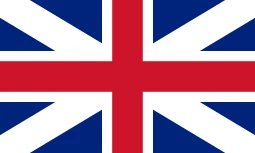
 Arabic
Arabic
 German
German
 Persian (Farsi)
Persian (Farsi)
 Russian
Russian
 Beauty
Beauty






 Medical
Medical


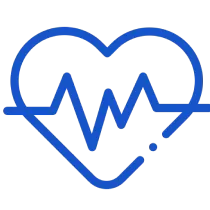


 Hotels
Hotels
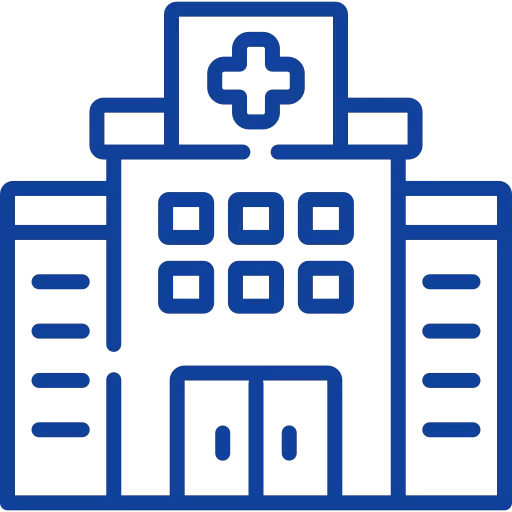 Hospitals
Hospitals




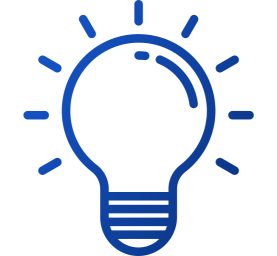


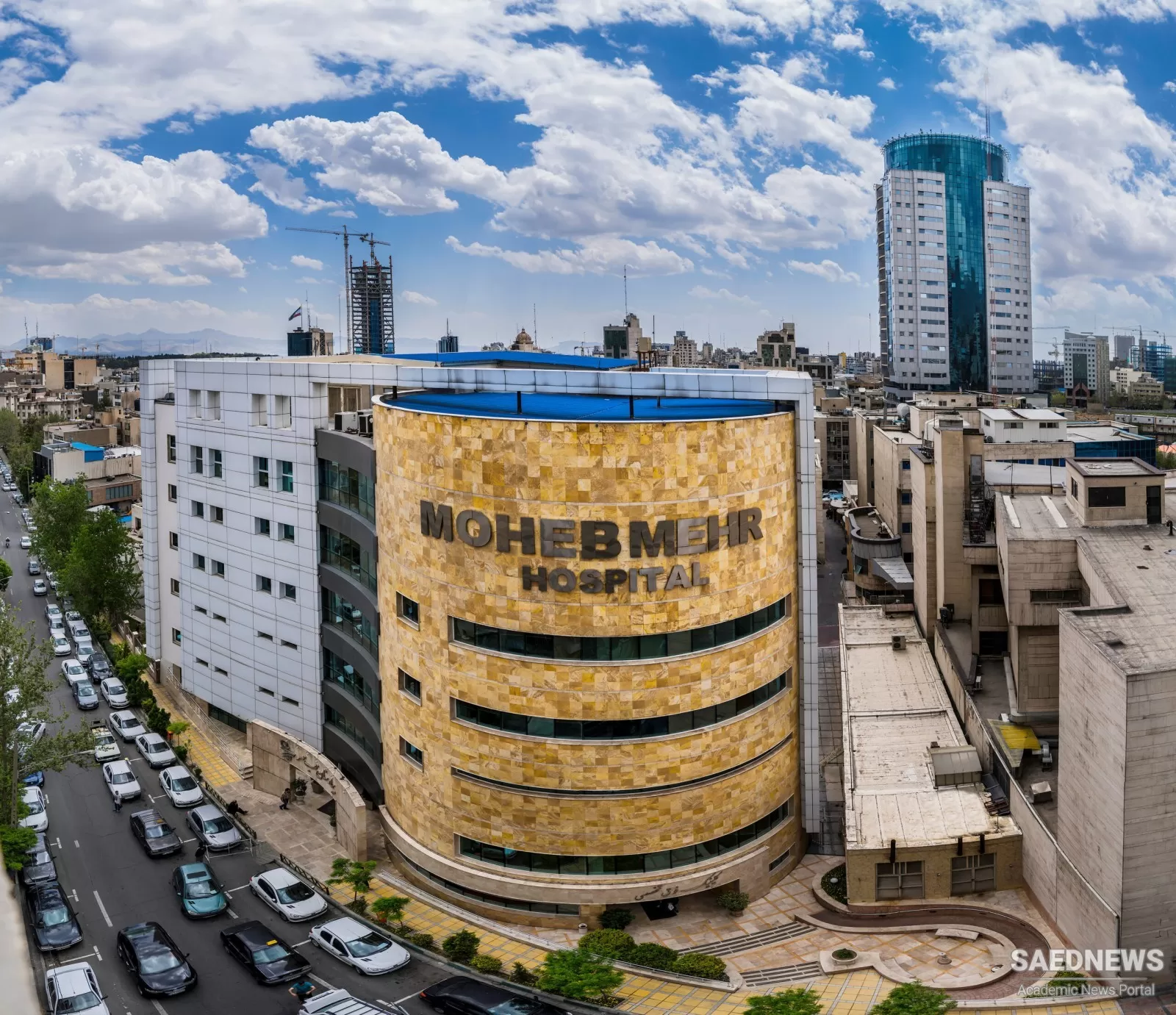
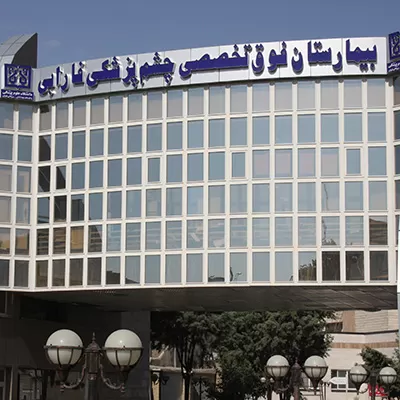





















![Frequently asked question about [name]](/v2tem/images/pages/service/faq-image.webp)
